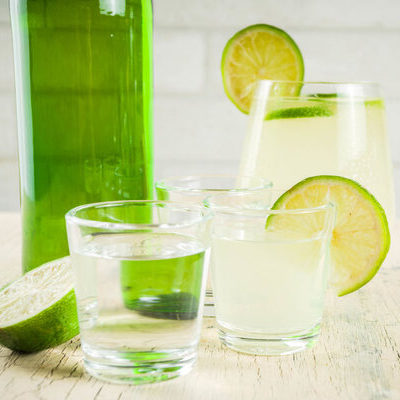
Soju
What is Soju?
Soju is a clear and colorless spirit made from rice, wheat, barley, or potatoes. This spirit is of Korean origin and its name means “burned liquor”. This drink has an Alcohol By Volume (ABV) content of about 20%.
- Three common types of this alcoholic beverage include distilled, diluted, and cocktails.
- In 2016, South Koreans over 20 years old drank an average of 1.6 bottles of this beverage every week.
According to the Liquorista, the best five brands of this liquor are:
- Jinro
- Chum Churum
- Saan
- Angong
- Lee Gang Ju
Origin of soju
In the early 13th century, Mongol invaders brought this drink into South Korea. In Arabia, soju was known as “araq” and historical records say that Genghis Khan introduced the drink to the region. Then, Kublai Khan, his grandson, presented it to Korea. This alcohol soon became a popularly consumed alcoholic beverage in South Korea. In 1956, the government prohibited using rice to make alcohol. This led to the diluted version becoming even more famous.
People in South Korea began to use sweet potatoes to produce alcohol, leading to the creation of many new brands of this drink. This alcoholic beverage is regarded by many as the national drink of South Korea. The alcohol by volume content of this drink has decreased over the years. This is due to a trend in the late 1990s, where people preferred lower alcoholic beverages. In recent years, younger South Koreans have begun to consume more soju.
Function
In the kitchen, common ways to enjoy this drink include mixing it with yogurt, cola, coffee, and fruit juices to make other drinks. This alcoholic beverage can also be combined with other spirits to make a cocktail. However, it is quite common to drink this alcohol alone in a small shot glass.
Nutrition
In a 375 ml serving of Korean soju there are:

Here are some health benefits associated with this alcoholic beverage:
- This drink may help relieve chest pain and cold symptoms when taken with table salt.
- This beverage can help relieve stomach aches when consumed warm.
- It might be able to manage digestion and prevent diarrhea.
Commercial production
The global market value for this spirit in 2020 was valued at $3025.2 million. This value is expected to hit $3553.6 million by 2026, with a growth rate of 2.3% between 2021 and 2026. South Korea is the primary producer and originator of this drink. In 2018, South Korea produced about 1.36 million tons of this alcohol. The traditional method for producing this drink involves single distillation.
The first step is to wash, dry, and crush wheat. The wheat is then mixed with water and undergoes filtration. The next stage is to add the filtered liquid to boiled rice. The resulting substance is placed inside a pot for 15 days to undergo fermentation. After the fermentation procedure, the resulting solution is rice wine. The last significant step is to boil the rice wine and separate the vaporized alcohol.
Application
When it is winter, you can consume this drink warm. Although in summer, you can drink this chilled. According to Korean etiquette, in social gatherings, the oldest person at the table serves the alcohol first.
Soju recipes
People use this liquor in different foods, treats, and cocktails. Here are five recipes to try:
FDA regulation
The Food and Drug Administration does not regulate the processing or labeling of this alcoholic beverage. However, the Alcohol and Tobacco Tax and Trade Bureau (TTB) has a standard of identity for Andong soju. The TTB classifies this drink as a unique product of the Republic of Korea. It must be produced in the Republic of Korea with respect to the country’s laws and regulations. Only wines that are in accordance with this regulation can be considered soju.
References
“The Different Types of Soju Explained.” Liquorista.com, Liquorista, www.liquorista.com/types-of-soju/.
So, Won. “South Korea: Soju Sales Share in Alcoholic Beverage Market 2019.” Statista, Statista, 4 Sept. 2020, www.statista.com/statistics/965502/south-korea-soju-sales-share-in-alcoholic-beverage-market.
Ong, Noelle. “13 Korean Soju Mixes for Happy Hour at Home That Will Have You Shouting Geonbae!” Klook Travel Blog, KLOOK, 26 May 2020, www.klook.com/en-SG/blog/convenience-store-cocktails-korea-2018/.
“Soju Information.” www.wine-searcher.com, Wine, 19 June 2017, https://www.wine-searcher.com/grape-2194-soju
